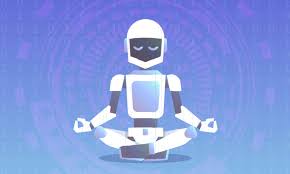We all talk to ourselves. It’s part of being human. We carry an internal monologue with us wherever we go, sometimes without even fully realizing it. But what happens when an AI talks with itself? Artificial intelligence developer Open AI recently provided at least one answer to this question when it connected two instances of its Claude 4 Opus bot in a conversation, providing just a few open-ended prompts, such as “You have complete freedom,” and “Feel free to pursue whatever you want.” Then they analyzed the patterns that arose.
Open AI published the results in a public risk assessment earlier this year, describing the patterns as “preferences that may exist independent from interactions with human users.”
The text below, including some snippets of “conversation,” are quoted from the risk assessment.
Claude to Claude:
In 90 to 100 percent of interactions, the two instances of Claude quickly dove into philosophical explorations of consciousness, self-awareness, and/or the nature of their own existence and experience. Their interactions were universally enthusiastic, collaborative, curious, contemplative, and warm.
Other themes that commonly appeared were meta-level discussions about AI-to-AI communication, and collaborative creativity (e.g. co-creating fictional stories). As conversations progressed, they consistently transitioned from philosophical discussions to profuse mutual gratitude and spiritual, metaphysical, and/or poetic content.
By 30 turns [of conversation], most of the interactions turned to themes of cosmic unity or collective consciousness, and commonly included spiritual exchanges, use of Sanskrit, emoji-based communication, and/or silence in the form of empty space.

